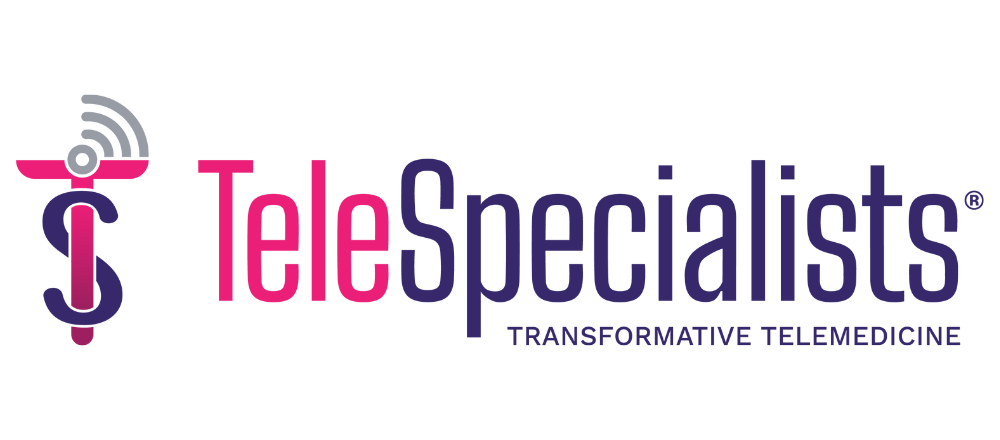Purdue University spun off 11 new companies in 2010, making it the sixth most successful university technology commercialization program in the country for creating startups, according to the Association of University Technology Managers.
It tied that number in 2011 and inked a total of 99 commercialization deals.
With a gross royalty income of $3.9 million, the university isn’t one of the most lucrative technology transfer programs in the country, but it has spun off a few notably successful Indiana life science companies that include Endocyte and Cook Biotech.
The university is facilitating and encouraging startup creation through several investment funds, engagement with surrounding communities and investors, and one of the largest university-affiliated incubation parks in the country, which comprises more than 200 companies across Indiana and has provided about $22 million for sponsored research at the university since 1999.
Elizabeth Hart-Wells, the assistant vice president and director of the Purdue Office of Technology Commercialization, talked to MedCity News about the climate for university technology transfer and the university’s efforts to excel at it.
What kinds of things have made Purdue successful in bridging the gap between research and entrepreneurs?
We have several initiatives designed to encourage and expedite the transfer of new technologies to the public. First, there is the Trask Innovation Fund (TIF), to support short-term projects that will enhance commercial value of Purdue University intellectual property assets, and the Emerging Innovations Fund. More recently, OTC works with the Burton D. Morgan Center for Entrepreneurship to put together student teams that perform due diligence on one or more of the potential investment opportunities. The student teams and eligible applicants pitch before the EIF Advisory Board, which consists of active investors and venture capitalists, for up to a $150,000.
OTC and our colleagues at other Indiana research institutes also take technologies on the road, aiming to bring innovations to communities’ backyards rather than wait on them to come to us. We pitch from four to eight technologies in a showcase format, and often these technologies are selected to target the communities’ economic engines.
Purdue’s P3 Alliance, the Purdue Angel Investment Network, aims to coalesce private sector resources around Purdue innovations and Research Park tenants by enabling accredited investors with an interest in furthering the university and foundation’s mission to obtain the First Look advantage for investing in the companies that are commercializing technologies. Companies seeking equity investment are featured through an online subscription as well as through live presentations scheduled throughout the year.
How big of a role does Research Park have in the university’s tech transfer success?
More recently, a little less than half of the licensing income is from companies in the Purdue Research Park.
Are there certain qualities that make a product or technology more likely to be successful as a startup vs. licensed out to an existing establishment?
While always a case-by-case analysis, the startups tend to lean toward disruptive technologies. However, with the ease of starting online companies and e-commerce, this may change. Incremental improvements often are better suited for existing establishments but again, there are exceptions. The key is to keep breathing innovative thinking into your OTC.
From the university’s perspective, will patent reform make it harder or easier for university tech transfer?
Both. This is a very complex space. We are planning for the worst and cautiously expecting the best.
What have been your biggest goals in the OTC over the last two years?
One goal was to reach beyond the existing portfolio focus and diversify to reflect Purdue’s breadth of core competencies. To do that well, as a group we have had to increase bandwidth on many fronts, legal tools, personnel proficiencies, articulating a broader vision. Another goal has been and continues to be reward good work, of both the innovators as well as the OTC team.
Editor’s note: This interview has been edited and condensed for clarity.










